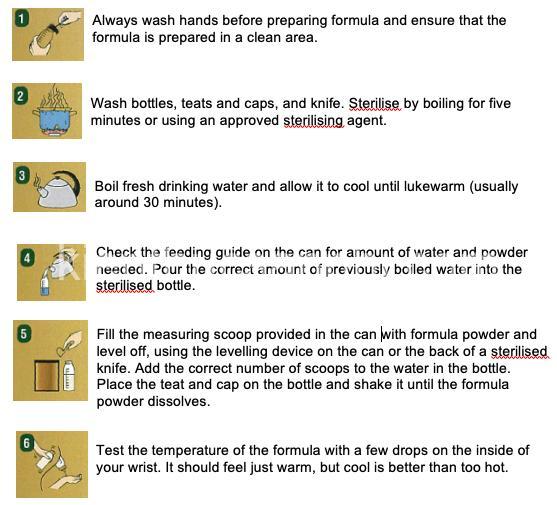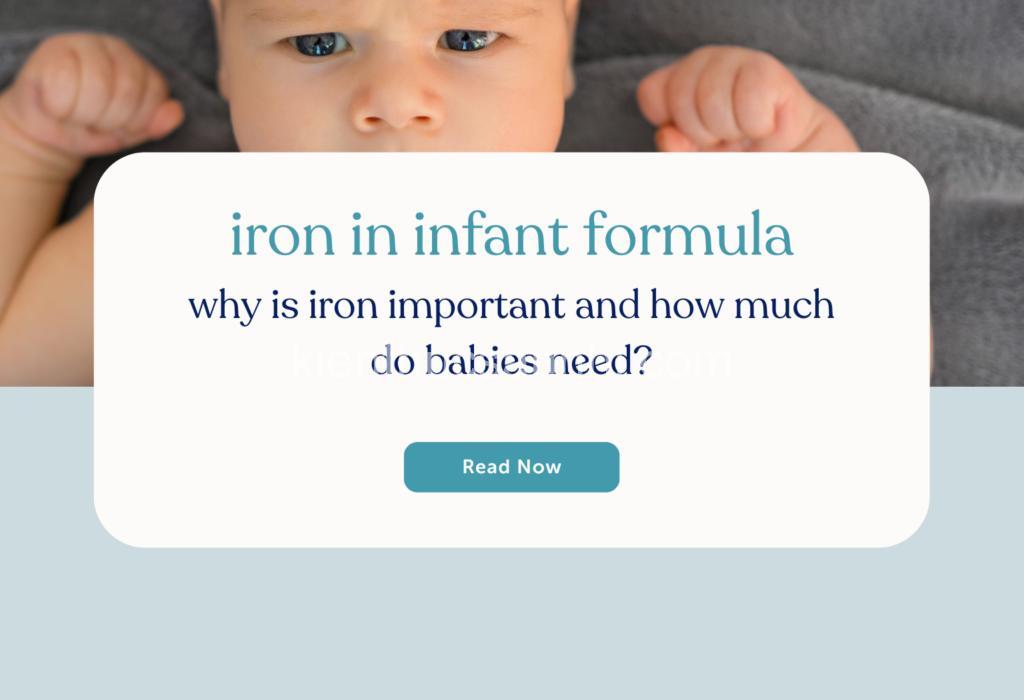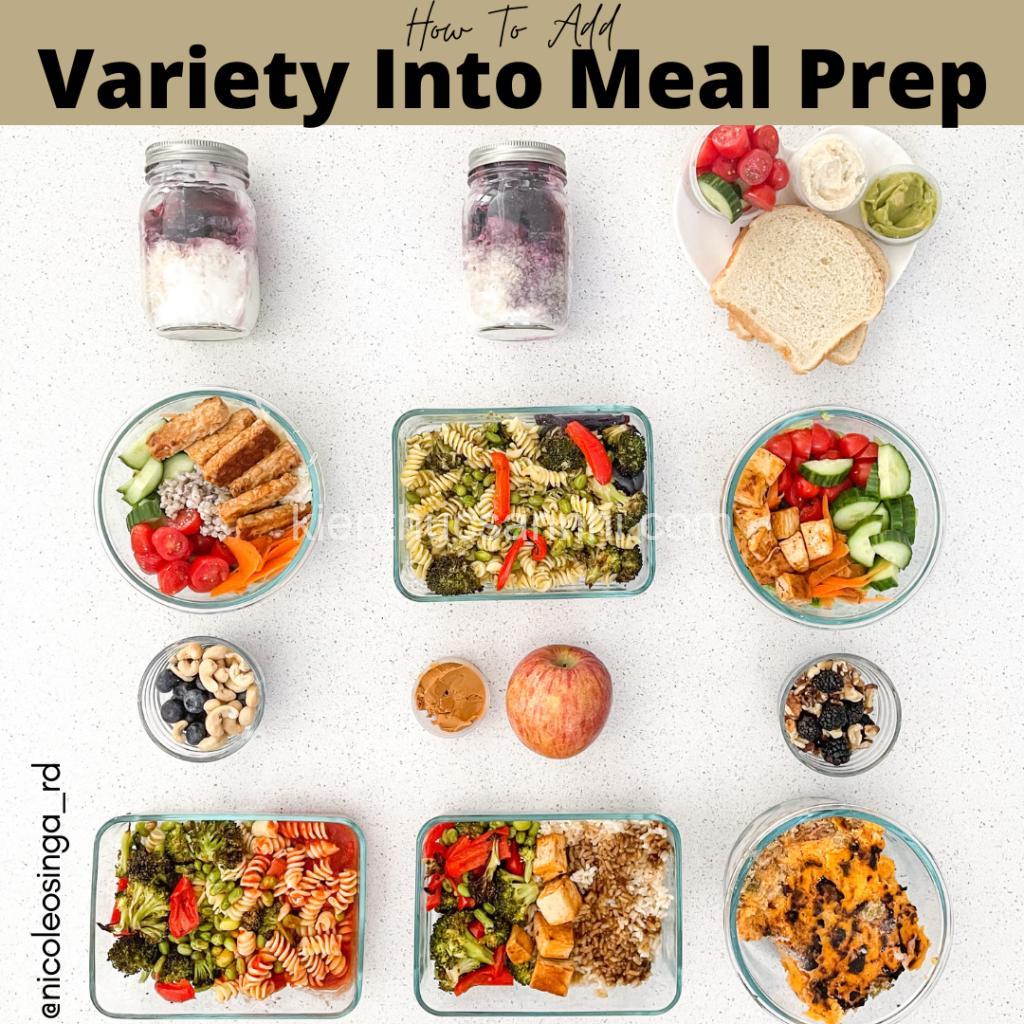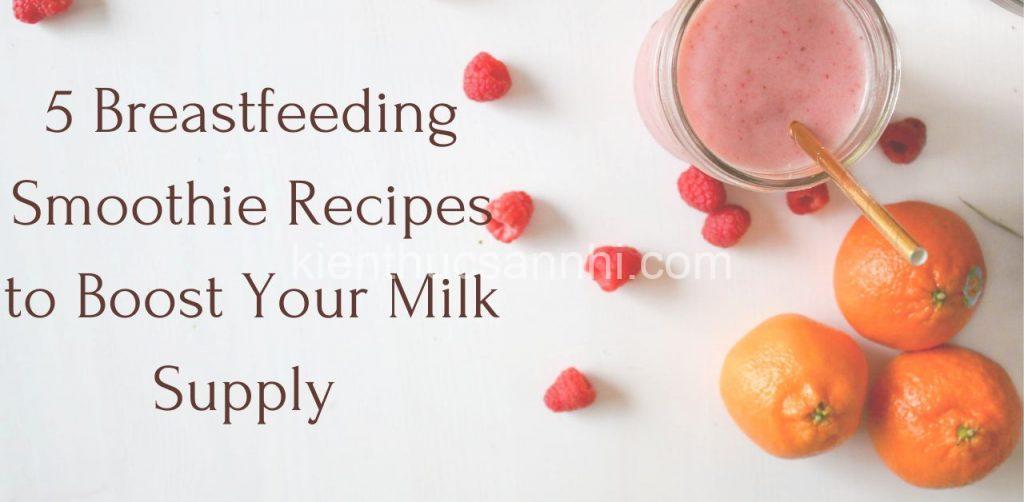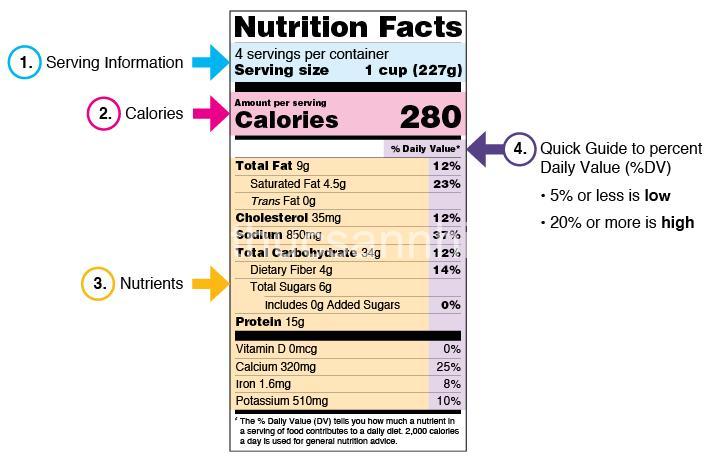
Decoding Formula Labels: Essential Information & Ingredient Breakdown. In today’s article, kienthucsannhi.com will explore with you in the most detailed and complete way. See now!
Decoding the Essentials: What to Look for on Every Formula Label
It’s important to understand the basics of what’s written on every formula label. This information gives you a starting point for making informed decisions. Here are some key things to look for:
- The Name of the Product: This includes the brand name and the specific type of formula. For example, you might see “Enfamil Premium Infant Formula” or “Similac Pro-Advance.”
- The Type of Formula: Knowing the formula type is essential, as it indicates the protein source and other key ingredients. Common types include:
- Cow’s Milk-Based Formula: This is the most common type of formula and is made from cow’s milk protein.
- Soy-Based Formula: This type is made from soy protein and is suitable for babies with cow’s milk allergy or lactose intolerance.
- Hydrolyzed Formula: Hydrolyzed formulas have been broken down into smaller protein molecules, making them easier to digest. They’re often recommended for babies with milk protein allergy or digestive issues.
- Other Types: You might also find specialized formulas for premature infants, infants with specific needs, or those with digestive issues.
- Age Range: Formula labels clearly indicate the suitable age range for the product. This information helps ensure your baby receives the proper nutrients for their developmental stage.
- Net Weight or Volume: The net weight or volume tells you how much formula is in the package.
- Expiration Date: This is the date after which the formula may not be safe for consumption. It’s important to pay attention to the expiration date and use the formula within this timeframe.
Once you’ve checked the basics, move on to the Nutritional Content. This section outlines the essential nutrients your baby needs to thrive. You’ll typically find:
- Key Nutrients: The label lists the amounts of key nutrients like protein, fat, carbohydrates, vitamins, and minerals.
- Percent Daily Value: This value indicates the percentage of each nutrient relative to a baby’s daily needs.
You might also see information about Added Ingredients such as:
- Prebiotics: These are non-digestible fibers that promote the growth of good bacteria in your baby’s gut.
- Probiotics: These are live bacteria that provide health benefits for your baby’s digestive system.

Breaking Down the Ingredients List
The Ingredients List is crucial for understanding what goes into your baby’s formula. It’s listed in descending order by weight, meaning the ingredient that is most prevalent in the formula appears first. Here’s what you need to know:
- Key Ingredients:
- Protein Sources: You’ll likely find protein sources like cow’s milk protein, soy protein, or hydrolyzed protein, depending on the formula type.
- Fat Sources: Common fat sources include vegetable oils like palm oil, soybean oil, coconut oil, and sunflower oil.
- Carbohydrates: Lactose, corn syrup, and corn starch are common carbohydrate sources.
- Understanding Additional Ingredients:
- Vitamins and Minerals: Formula contains a blend of essential vitamins and minerals necessary for your baby’s growth and development. Look for a comprehensive list of key vitamins like Vitamins A, D, E, K, B vitamins, and minerals like iron, calcium, and zinc.
- Prebiotics and Probiotics: Some formulas may contain prebiotics and probiotics, which are beneficial for your baby’s digestive health.
- Other Additives: You might see other ingredients like flavorings, thickeners, and emulsifiers. These are typically present in small amounts and are generally considered safe.
- Reading the Ingredients List:
- Descending Order: Ingredients are listed in order of predominance by weight. This means the ingredient listed first makes up the largest proportion of the formula.
- Common Allergens: Always carefully check the ingredients list for common allergens such as milk, soy, wheat, and eggs, especially if your baby has a known allergy.
Special Formula Types and Their Labels
Many specialized formulas are available to address specific needs. Here’s a look at some common types:
- Hydrolyzed Formula: This formula is specifically designed for babies with milk protein allergy or digestive issues. Hydrolyzed formulas have been broken down into smaller protein molecules, making them easier to digest. Labels might include terms like “partially hydrolyzed” or “extensively hydrolyzed,” indicating the degree of breakdown.
- Soy-Based Formula: Soy-based formulas are a good option for babies with cow’s milk allergy or lactose intolerance. Soy protein is a good alternative to cow’s milk protein. Labels will clearly state that the formula is soy-based.
- Premature Infant Formula: Premature babies have special nutritional needs. Premature infant formula is formulated with higher calorie and protein levels to support their growth and development. Labels will specifically state that the formula is intended for premature infants.
- Special Needs Formulas: Special needs formulas are designed for babies with specific dietary or medical needs. Examples include formulas for babies with metabolic disorders, galactosemia, or certain genetic conditions. Labels will clearly indicate the specific condition or need that the formula addresses.
Beyond the Basics: Important Label Information
You’ve already learned how to read the nutritional content and ingredients list. But there’s even more valuable information on the formula label to ensure you’re preparing and storing the formula correctly.
- Preparation Instructions: The label will provide step-by-step instructions for mixing the formula. Always follow these guidelines carefully to ensure proper dilution and safety.
- Storage Guidelines: Knowing how to store formula correctly is essential for maintaining its quality. The label will provide instructions on how to store unopened and opened formula, including recommendations for storage temperature and duration.
- Warnings and Precautions: The label will include warnings and precautions about potential risks. These may include information about potential allergies, the importance of sterilizing bottles and nipples, or the need to consult a healthcare professional if you have any concerns.
- Customer Service Contact: The label will typically provide contact information for the manufacturer, including phone numbers, email addresses, and websites. This information can be helpful if you have any questions or concerns about the formula.
Choosing the Right Formula: Getting Expert Advice
Choosing the right formula for your baby is a personal decision. While the information on the label is valuable, consulting with a healthcare professional is always recommended.
- Consult a Healthcare Professional: Your pediatrician or a registered dietitian can provide personalized advice and answer any questions you have about formula choices. They can help determine the best formula for your baby’s individual needs, taking into account factors like age, weight, and any health conditions.
- Resources for Further Information: Websites, organizations, and other resources can also provide valuable information about formula choices. The American Academy of Pediatrics (AAP) and the International Lactation Consultant Association (ILCA) are great resources.
FAQ
What if my baby has a milk protein allergy?
If your baby has a milk protein allergy, you’ll need to choose a formula that doesn’t contain cow’s milk protein. Soy-based formula or hydrolyzed formula, which breaks down milk protein into smaller molecules, are good options.
How do I know if my baby is getting enough nutrients?
The best way to know if your baby is getting enough nutrients is to talk to your pediatrician. They can monitor your baby’s growth and development and recommend any necessary adjustments to their diet.
What about the difference between “organic” and “non-organic” formula?
Organic formula is made with ingredients that are grown without the use of synthetic pesticides, herbicides, and fertilizers. Non-organic formula may contain ingredients grown with these substances. The decision to choose organic or non-organic formula is personal.
How can I make sure the formula is prepared safely?
Always follow the preparation instructions on the label carefully. This includes using the correct amount of water and formula powder, mixing it thoroughly, and ensuring the bottle is warmed to a safe temperature before feeding.
What if my baby has digestive issues?
If your baby has digestive issues, your pediatrician may recommend a specialized formula designed to be easier to digest. This might include hydrolyzed formula or a formula with prebiotics and probiotics.
Conclusion
Choosing the right formula is an important step in providing your baby with the best possible nutrition. By understanding the essential information on formula labels and consulting with your healthcare provider, you can make informed decisions that support your baby’s growth and development. Don’t hesitate to reach out to your pediatrician with any questions or concerns.
For more information about raising babies and caring for animals, visit our website at kienthucsannhi.com. Be sure to leave a comment below to share your thoughts and experiences.
